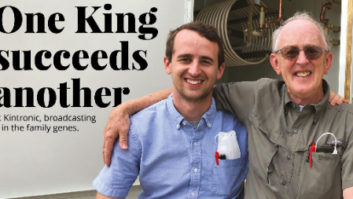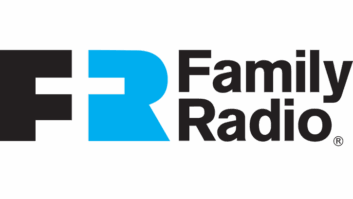Streaming and on-demand audio provider TuneIn is playing a central role in the so-called “audio renaissance” in the United States as COVID has transformed radio listening habits.
The company, founded by Bill Moore in 2002 as RadioTime, has apps for iPhone and Android and streams 100,000+ radio stations from around the world. It’s also available via Apple CarPlay and Android Auto, has desktop apps for Windows and MacOS and recently announced a partnership with Harman by Samsung.
TuneIn also has agreements with entertainment brands like the NHL, NBA and ESPN. The platform, which offers a free and pay premium service, says it reaches over 80 million listeners monthly worldwide, with 30 million of those in the U.S.
In late 2020 the San Francisco-based company appointed Richard Stern, former chief product officer at Audible, as CEO. Stern’s stated goal: “to reinvent radio as a digital medium and continue to drive the live audio streaming revolution well into the future.” At that time the company also announced that it had received new financial support from investor Innovation Endeavors.
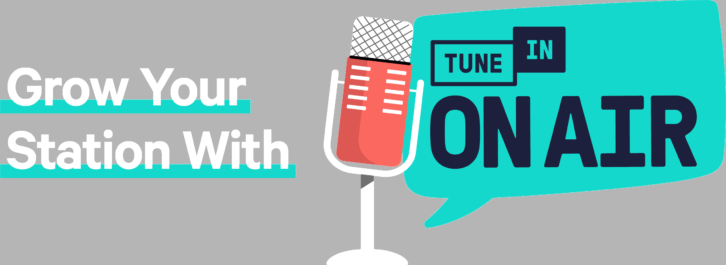
More recently it launched TuneIn On Air, a platform designed for independent podcasters and other long-tail content creators. It costs $249 per quarter for commercial entities, with reduced rates to nonprofit organizations and academic institutions.
Stern, who also has held leadership roles at Sony PlayStation and Amazon, recently discussed TuneIn’s strategies and product development plans, and broadcast radio’s rollout of digital platforms.
Radio World: Assess the intricacies of the relationship between TuneIn and radio broadcasters.
Richard Stern: Our mission is to work with radio broadcasters to ready the radio business for the connected world. And what that means for us is being a partner to broadcasters as they transition from the legacy business model and the terrestrial distribution capabilities into a full stack digital distribution model and monetization model in the future.
We are in the radio content distribution business. That’s means going from AM and FM radio tuners to being ubiquitous as to how a customer may choose to listen and engage with radio’s digital content. TuneIn is an open platform so we work with any licensed broadcaster to help them distribute and monetize their content.
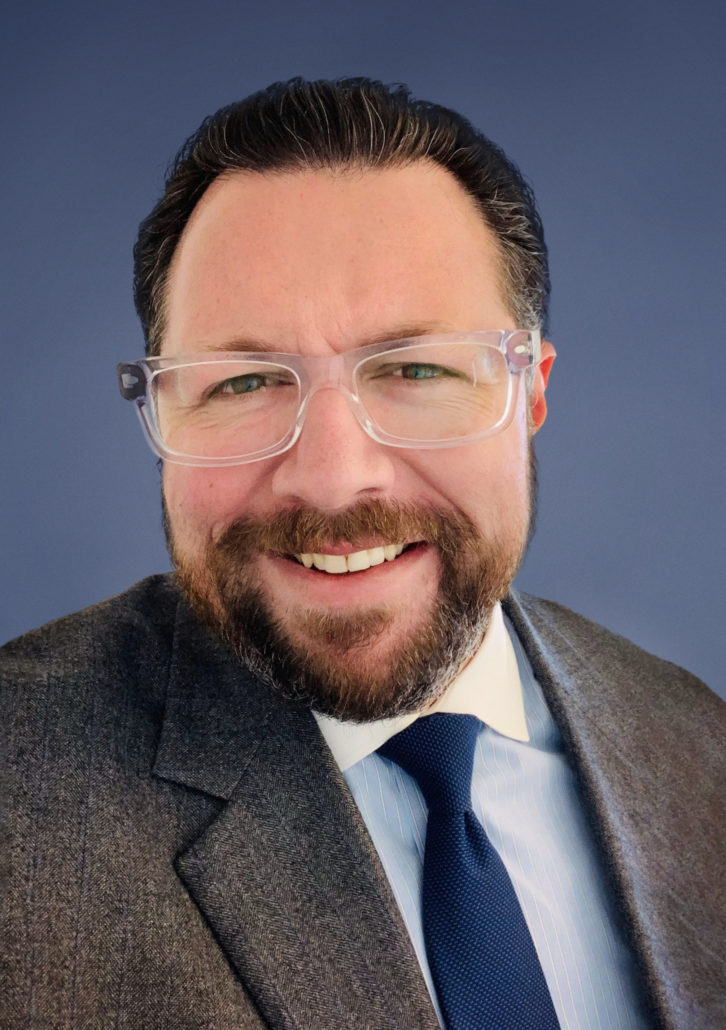
RW: What are some of the ways you work with radio broadcasters to monetize their content?
Stern: We have the ability to let our broadcast partners engage in multiple explorations, whether that be monetizing listening through advertising to helping them explore subscription. We have a subscription offering that broadcasters can participate in if they would like to.
And there’s the data, which really helps them understand who their audience is and where their audience is listening to help them connect more meaningfully. We want to partner as deeply as possible with broadcasters.
RW: How do radio stations make themselves available on the TuneIn app?
Stern: There are several ways to work with us. Broadcasters can simply ask us to have their streams listed in our directory, which makes the content searchable and accessible on the app. Some broadcasters also want a monetization relationship with us, so as we bring in new listening to them we are able to create new monetization opportunities and we rev share on that.
Some content creators and broadcasters want to license their content to us. So in the case of simulcast, for instance with the NBCUniversal family of properties; those deals are licensed, so we license that content and don’t share in revenue. This is something we have focused on the past 22 months. But we want to remain flexible with broadcasters and find a fit that works for them and us.
RW: TuneIn has a free app version and an ad-free platform. Describe the differences.
Stern: So on the free listening side we put pre-rolls before the stream starts and we have the play advertising inside of our app. In those cases the broadcasters in turn make money on in-stream advertising when a customer listens. Sometimes we rev-share against that pre-roll and display inventory with stations we have closer relationships with. We may also include other considerations in those deals like promotion and prominence in exchange for that.
Our subscription product doesn’t have any advertising in it, but has recurring revenue from subscribers. In certain cases we share that revenue with partners who have decided to work with us around that product.
RW: TuneIn is privately held with approximately 100 employees at its San Francisco headquarters. Is the company profitable?
Stern: We don’t release financials, but we are growing. We are profitable. In fact, we just finished our first full year of profitable operations in the company’s 20-year history in 2021. And we see a big opportunity to help accelerate the digital transformation of radio.
Because of the pandemic the global radio audience stopped listening to radio in their cars since everybody was staying at home. They instead discovered the world of radio on a variety of consumer electronic devices in their homes. And I think that started a conversation with many of our radio partners that even with terrestrial radio listening diminished they discovered digital was very viable. That accelerated the digital transformation.
From our standpoint, COVID presented opportunities for us and our broadcast partners. Radio broadcasters make great content and they need a technology partner who can be turn-key to take advantage of the digital growth and TuneIn was there to answer the call.
RW: You sound optimistic about the future of radio and how it fits into the world of digital audio streaming.
Stern: I’m incredibly bullish on radio as a medium and how it fits into digital and audio streaming. Broadcast radio looking at a digital incarnation. The challenge for radio lies in the fragmentation of the industry. There are so many voices in the room trying to determine how this crossover into digital will happen. The industry hasn’t perhaps been as focused as it needed to be for a whole host of reasons.
But how much has television changed as it crossed over to digital? Or how much has film changed as a medium? And music? The actual medium hasn’t changed that much. What has changed is the sophistication of the distribution, the data and the monetization model. My hope is we can enable a broadcast medium, which is just as relevant today as it ever has been, to crossover to digital.
It’s true that new players have emerged, but there is more consumer appetite for entertainment. Just look at the growth of Netflix on the video side. We would have never dreamed of that platform 20 years ago. A lot of that growth is because of the digital transformation and the ability of customers to engage with content anyway they want.
I don’t think radio is there yet. Radio still has a lot of friction from customers wanting to listen to them being able to listen to whatever they want. I think TuneIn can be a valuable part of their portfolio as they step into the digital world.
RW: What do you think is the next step for radio in the world of digital audio streaming?
Stern: What we are preparing for is a world where AM and FM tuners just are not in the hands of customers. The last bastion that most folks have for radio is in their cars, but if you look at the relationships we have with Tesla, Rivian or Lucid, which are EV startups, or more legacy auto manufacturers moving toward EV, the radio is being replaced with a software-based infotainment system.
The system will be a like an Android-based tablet that has in-car streaming capabilities. The question for the broadcast industry is how to achieve prominence such that people can find your app in that environment and engage with your content.
TuneIn is already being pre-installed in many connected vehicles, like Tesla, along with most of the GM vehicles and Volvo and Mercedes. I think that is one of the values of our platform and scale. We can work directly with the auto manufacturers and ensure we are there and accessible. Much like the relationship we have with Amazon and Google and other consumer electronics manufacturers. And our customers can benefit from that integration.
Some radio broadcasters have gone the direct route and have their own apps and can integrate some of these vehicles. But I think they should also be on TuneIn and hedge their bets.
RW: What business strategies is Tune-In investing in?
Stern: So from a streaming perspective we are investing significantly to be able to say any radio broadcaster that wants to step into global distribution and the advantages of that with either an ad-based model or subscription-based model, we have multiple opportunities. And we are able to give them deep insights and data about those listeners the likes of which they have never seen before. And our sense is that as those elements come together, there are going to be real opportunities for growth in the industry.
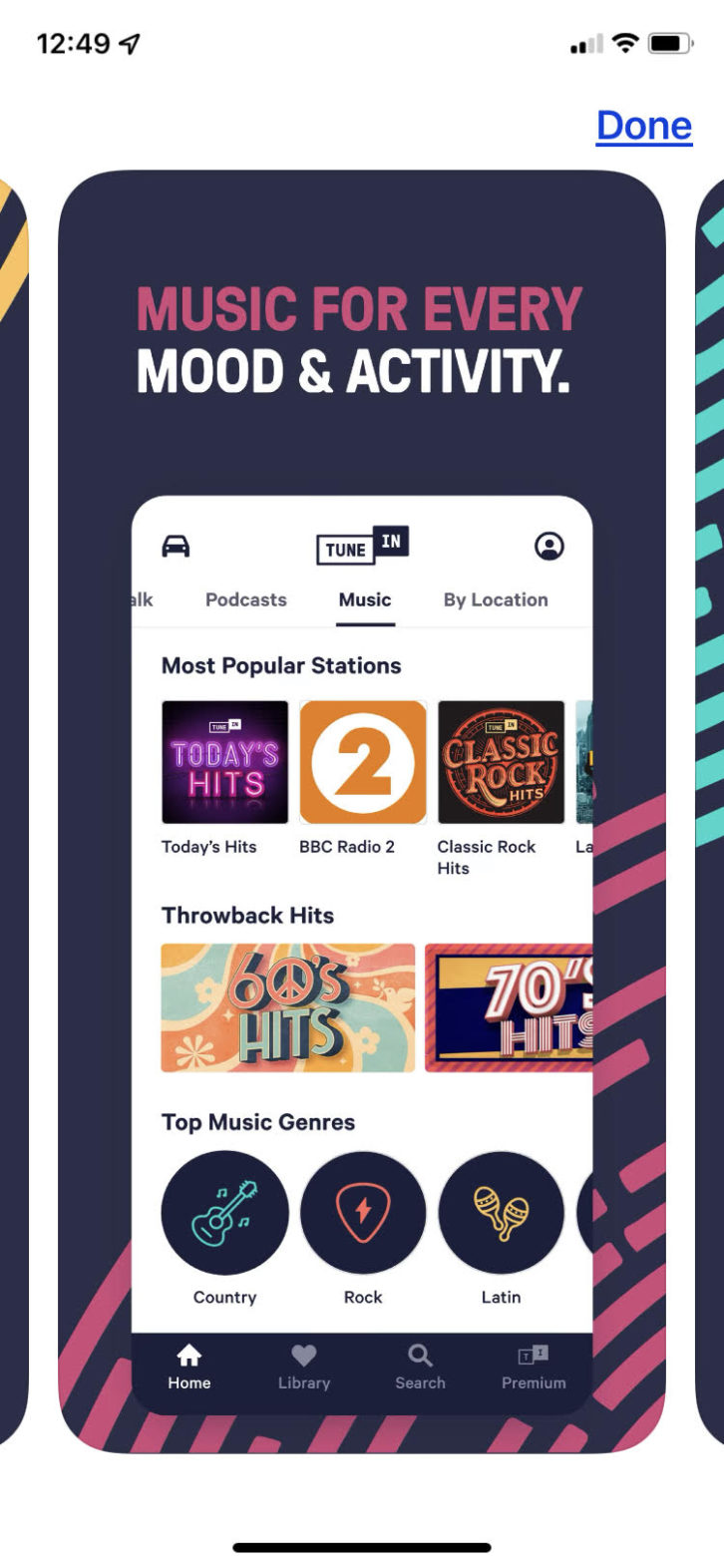
One thing I see happening right now to people who listen to a variety of audio is that they are drowning in curation. If I want a specific type of music I need to go find that. If a person wants to create a listening experience with podcasts it takes a lot of time to figure out which podcasts they like. I believe a strength of radio is letting the customer just tune in and consume a lot of great content without a lot of curation. All our customers need to do is open the app.
RW: You mentioned podcasts. TuneIn carries over 5.5 million of them. You recently launched TuneIn On Air as a means to put emerging content producers on equal footing with major broadcasters across the U.S. What is it?
Stern: I think it is part of living our mission. We want to work both with established broadcasters who have an existing audience, but we recognized we were not doing enough for emerging broadcasters. And they might be with educational institutions, college radio stations, community radio stations, not for profit or podcasters. This program is really a way to create a front door for those emerging voices and helping cultivate the next generation of talent within the broadcast industry using the TuneIn platform.
This is the freeway really for those emerging voices. They’ll have the same access to all the digital distribution channels and hopefully find it easier to gain an audience with a more turnkey solution.
RW: What has surprised you the most about the business of TuneIn?
Stern: I came in right at the start of the pandemic. As I reached out and connected with our broadcast partners. And I’m talking all over the world. I thought perhaps as a company we had not led with enough vision and provided enough partnership to broadcasters in the process. So I rolled up my sleeves and met with as many broadcast partners as possible and attended trade events sharing the story of TuneIn. We don’t create content or have radio stations, but we love radio and hope to chart a new future together.
RW: You were formerly chief product officer at Audible. What kind of insights did you bring to your leadership role at TuneIn?
Stern: I’ve spent the last 15 years of my career working at companies focused on making this digital transformation of various mediums. I was at Amazon Studios, the film and television arm of the company; andAudible the spoken word digital audiobooks publishing arm of that company. And at Sony where I focused on media products for PlayStation.
The reality is we didn’t reinvent those mediums in any significant way. The content is largely the same, but we did make everything around the medium easier for the customer to use. Digital distribution literally takes all of the friction out of discovery and consumption from a customers’ standpoint. Data allows content producers to better understand who their listeners are and how to serve them better.
So I think a lot of that parallels the radio industry right now. We are not out to change radio. I think a much better thesis to start from is we are going to take what people love and make it better.

